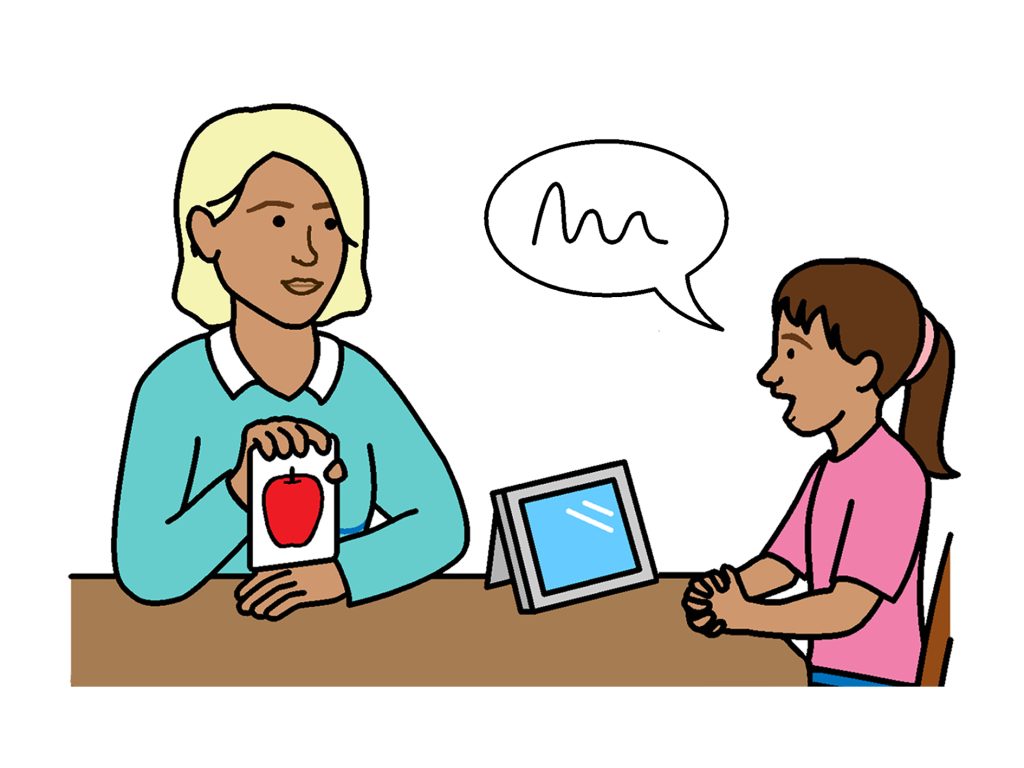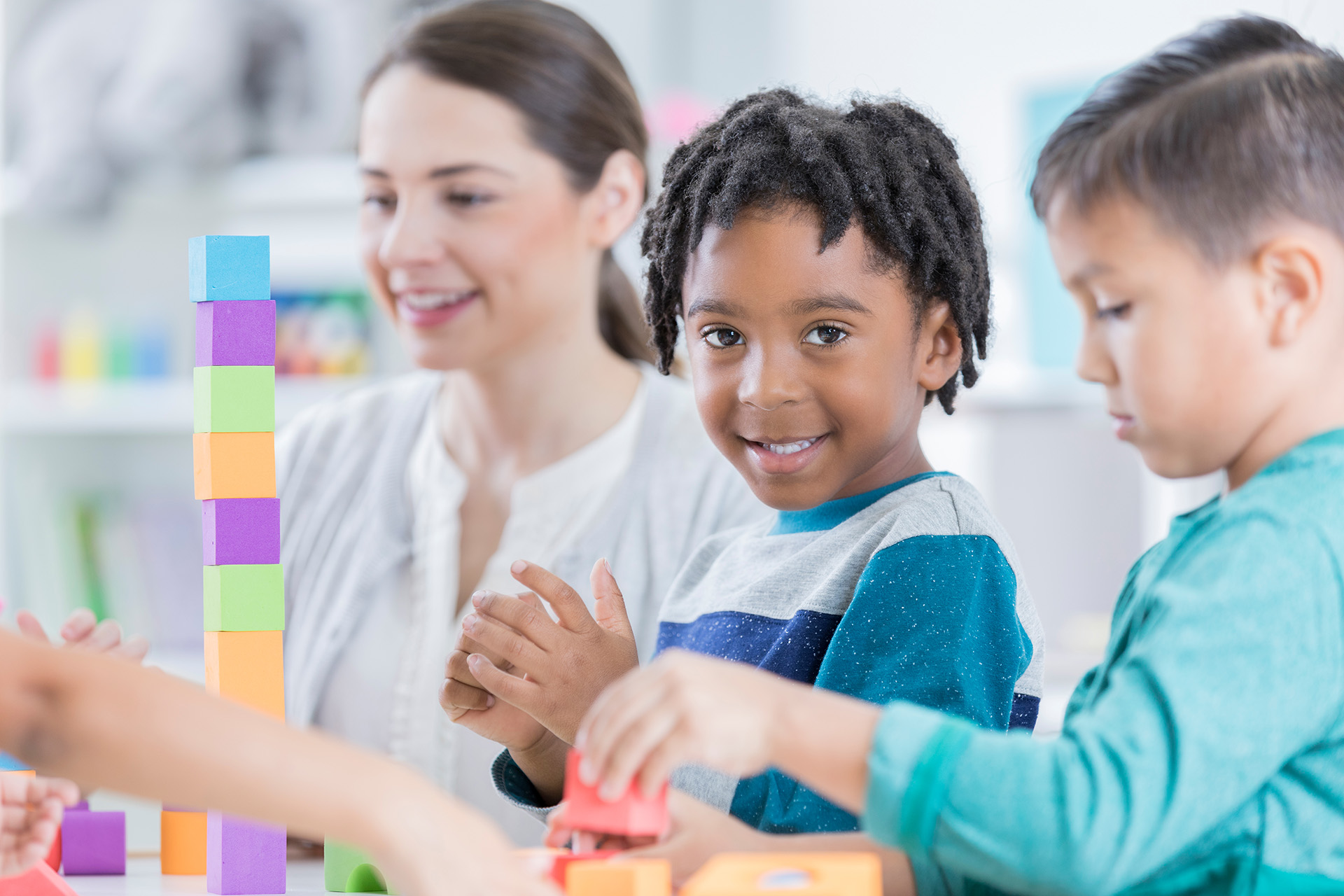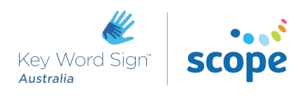
I’m a speechie… I can’t lose my ability to communicate!
A story from one of our new KWS Presenters, from her personal perspective of losing speech and finding that Key Word Sign helped her get her message across.
On the 14th November, 2018, after my morning coffee I started to feel numb in my face and had sharp pains in my head. I called a friend to explain what I was experiencing and could hear my speech slowing down significantly, becoming dysarthric and then turning to jargon.
I was having a stroke. By the time the paramedics arrived I had lost my speech. I presented to hospital with aphasia due to a constriction on the left middle carotid artery.
Everything that was coming out of my mouth was jargon. I was unable to put words together, let alone construct a sentence. I could follow simple directions but struggled to comprehend multi-step instructions and long pieces of information. My mind was racing “I’m a speechie… I can’t lose my ability to communicate!”
I became quite distressed as I was rushed from one hospital to another. I heard nurses, doctors and paramedics pass on my medical history like Chinese whispers, each professional adding a small variation of my story. It was hugely frustrating not being able to tell them my version of events.
Just before my MRI I had a nurse ask me if the pain was “worse or less”. The answer was neither. I kept shaking my head and the question was repeated. I eventually shook my head out of frustration and signed.
“same”
It was a light bulb moment.
I quickly discovered that I was able to use some basic signs and gestures. Signing came very easily to me. I used my hands and body positioning to communicate complex concepts like ‘before’ and ‘after’. I used my cupped hand, tapping my chest quickly to tell the doctors that I was petrified. They understood me and reassured me that I will be ok. I nodded and signed ‘thank you’. I had to give consent to more testing. I was able to show I understood what they were saying by pointing and nodding.
Quite obviously, few if any of the medical staff I was communicating with had trained in Key Word Sign. But remarkably, with my gestures, body positioning and what facial expression I could muster, I could communicate with them! Then and there, in the middle of my life’s biggest crisis, amidst all of my panic, I realised how immensely powerful the signs and gestures used in Key Word Sign were for me when I was unable to use my speech. While I had only attended a basic workshop on Key Word Sign previously, I had used it clinically throughout my career. More importantly, even with the stress of these events, it gave me a way to communicate. As these signs and gestures come naturally, I was able to be understood.
I was in hospital for a week. My speech started to slowly return after 3 days. After several days of testing they discovered that I have Moyamoya disease. Moyamoya is a disease in which certain arteries in the brain are constricted. Blood flow is blocked by the constriction, and also by blood clots, reducing blood flow to the brain. It is likely that I may have a stroke again.
Five months on and while life will never be the same, I can say it is as close to ‘back to normal’ as it will be. I am learning to slow down (not something that comes naturally to me). I still struggle with finding the right words and will often call things by a different name, this happens daily and especially when I’m tired… I will often sign at these times. My family have learned to look for my gestures and signs as much as they listen to me.
This experience has also made me think about others who have had a brain injury, stroke or other debilitating medical issue.
What if it became standard procedure to show patients who have lost their ability to talk or write how to sign what they may need? What if medical professionals in this arena could be encouraged or reminded to communicate with these gestures as well as verbally and therefore encourage responses of the same kind?
Sometimes, just sometimes, eliciting the right information more quickly can mean the difference between having a quality of life afterwards, or something much worse. As a result of my experiences and reflections, I have become passionate about learning and teaching Key Word Sign. My experience has motivated me to learn to learn and contribute more. I wanted to share the power of signing. Consequently, when the opportunity arose to attend the Key Word Sign Presenter Training course in Melbourne this year, I didn’t hesitate. I was very impressed with the simplicity and how easy it was to up. Put simply, I wanted to empower everyone with Key Word Sign! My passion for this has not wavered and recently I presented my first Basic Key Word Sign workshop.
My experience attests to how using signs and gestures can help someone who has lost their ability to communicate verbally.
Picking up Key Word Sign does not require the in-depth knowledge required of other languages. It builds on the use of natural gesture, and is easy and natural to learn. From my perspective, anyone living with or working with someone who has communication difficulties will benefit from Key Word Sign.
When you give people the simple tool of making hand gestures and basic signs, you may be able to help open the world back up to them, and their minds back up to you.
Carol – May 2019

